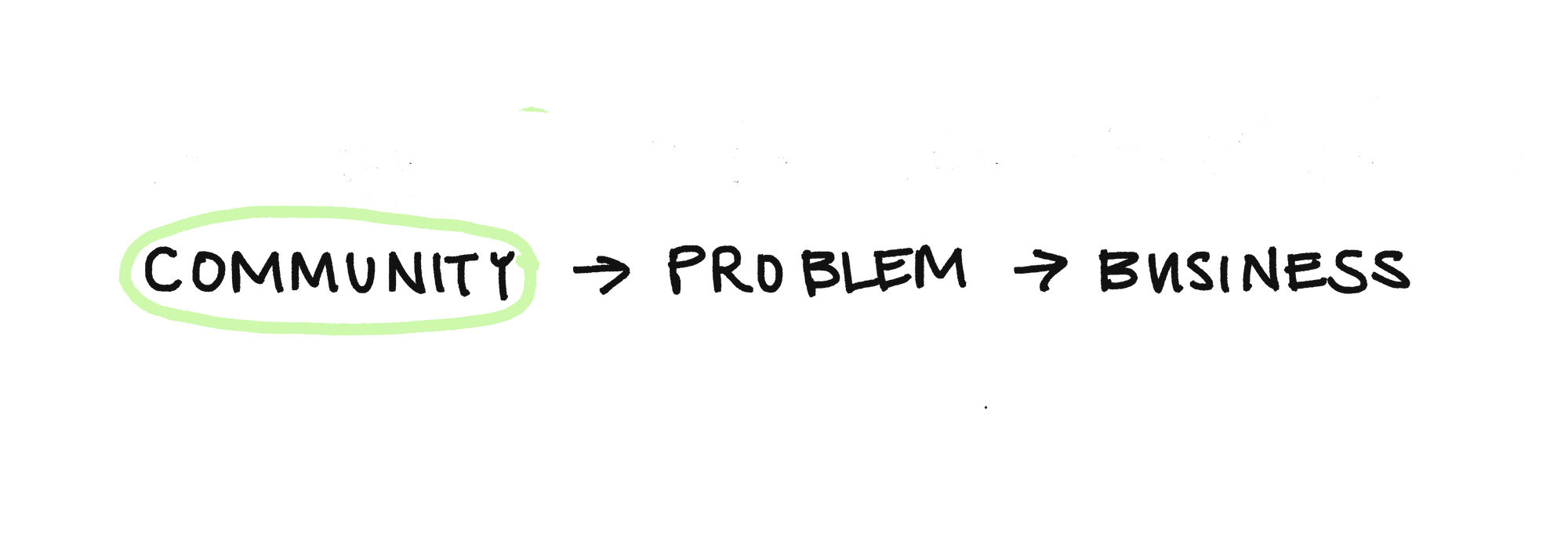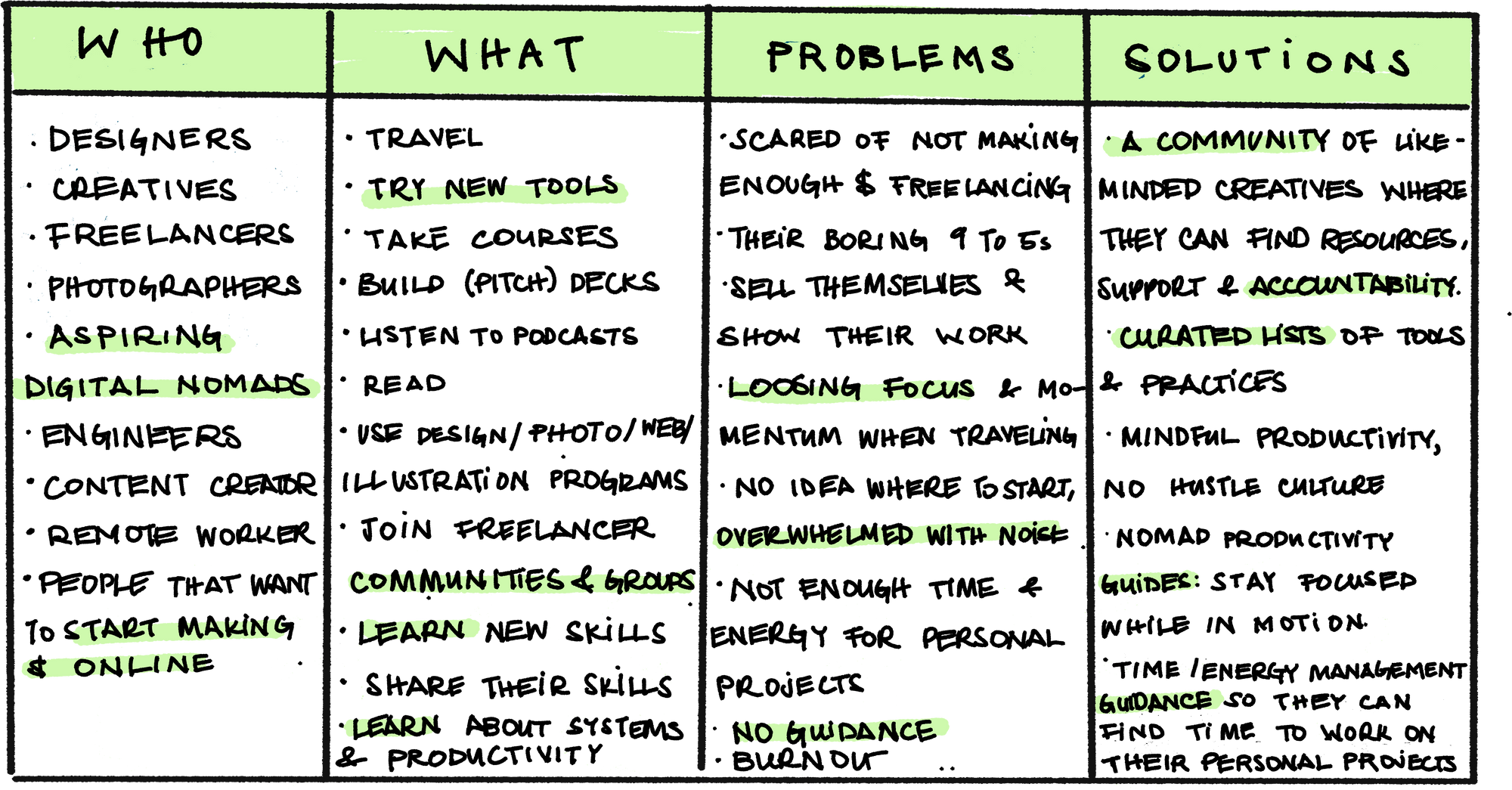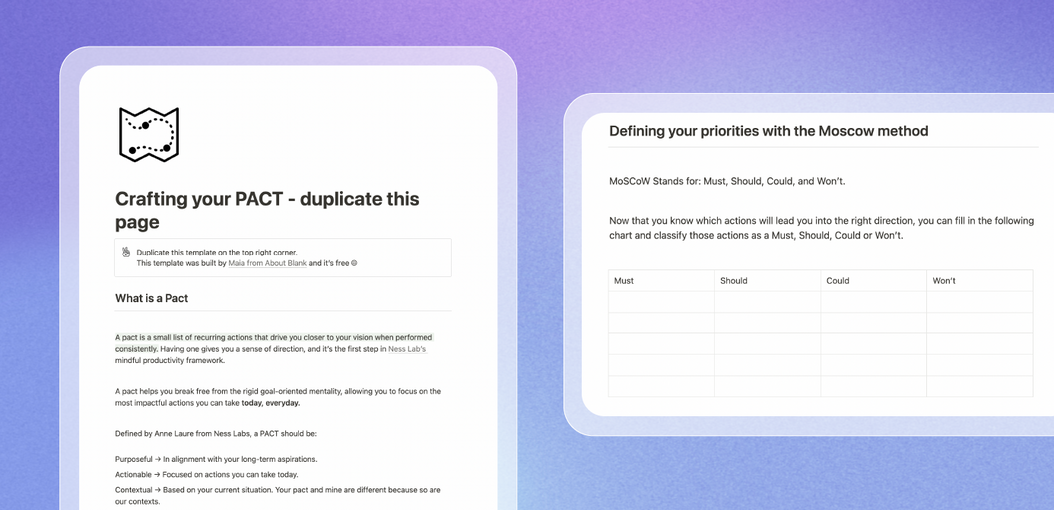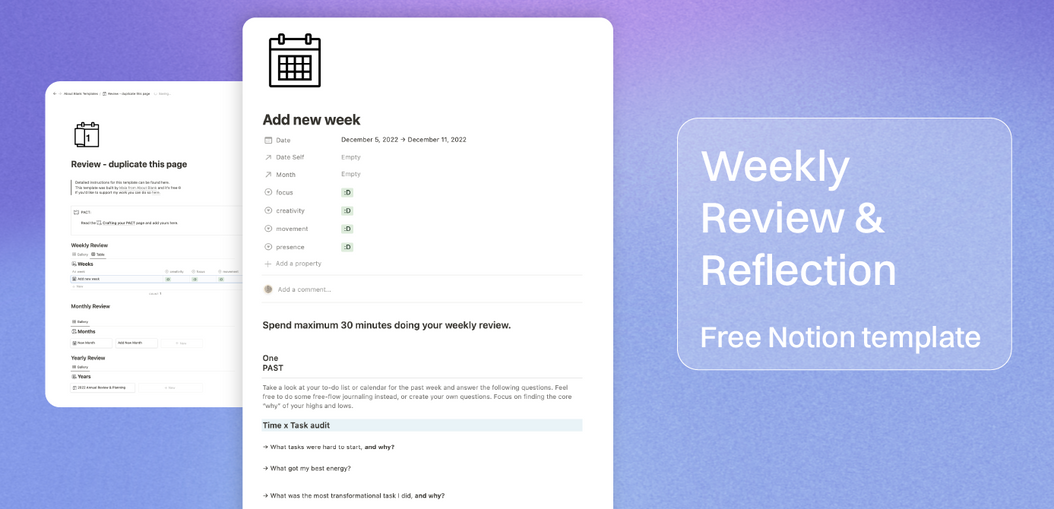Intro: a Life changing scrollhole
Two months ago I went down a wild internet rabbit hole searching for ways to sell digital products online. I had a million tabs open and I stumbled upon Gumroad. I quickly fell in love with its values, and of course its branding. I completely forgot about my main scrollhole mission and started digging deeper into this page. That's when I found this phrase:
You don't learn, then start. You start, then learn
This sentence pierced every atom of my body. Obviously, I start stalking the CEO of Gumroad. I find Sahil, and find out he wrote a book. I read the first few pages of the book on the kindle sample, I read the core values:
Being a minimalist entrepreneur is all about making a difference while making a living:
- Put profitability first.
- Start with community.
- Build as little as possible.
- Sell to your first hundred customers.
- Market by being you.
- Grow yourself and your business mindfully.
- Build the house you want to live in.
As I add this book to my reading list I see that Sahil is leading a cohort called The Minimalist Entrepreneur. In 3 days. Who else deeply believes that the internet has psychic properties beyond algorithms?
Fast forward 6 weeks and today, I'm pretty sure that joining TME cohort 3 has been one of the luckiest, best decisions in a while. In this article, I'll go through some of the lessons and learnings I got from the course, and how I'm integrating them (p.s, this blog is a product of this course, kinda).
Lesson 1: Start with community
I showed up to this course with the idea that I was going to build a digital product to sell. I had a client dashboard for designers Notion template that I was planning on polishing and selling. By the end of week one (out of 6) my mind shifted drastically: I didn't want to build a product, I wanted to build a community.
The #1 takeaway from the how to come up with good ideas week: your (business) ideas need to solve a problem for a community.

It’s the community that leads you to the problem, which leads you to the product, which leads you to your business. This was the piece that made my original idea pivot.
The point where I thought "fuck, for whom am I building this for?"
Lesson 2: solve and actual problem
Problems don’t solve themselves. People do.
One of the most valuable lessons seems pretty obvious, but it was an eye opener for my project. Solving an actual problem answers these questions:
- who: are you building this idea for
- what: do these people do
- problems: what are their pain points
- solutions: how can your idea solve them
We did an exercise based on these questions that I truly recommend if you're at the ideation phase of a project. This is my example of the exercise for about:/blank.

Lesson 3: build as little as possible.
The single breakthrough moment for a designer like me. I'm someone who always has a million ideas, and with coding + designing skills, I can turn an idea into an MVP (minimum viable product) pretty fast. But, and here's the but that a lot of people are gonna feel identified with: I want my shit to look perfect before showing it around.
In the book, Sahil compares this "launch" phenomenon with a restaurant that has the Grand Opening banner all year long. These companies that spend millions of dollars on advertising before seeing if the product is even viable. Us designers and entrepreneurs waiting until our project is "ready to launch". But what is launching? What are you launching if it doesn't resonate with anyone?
At this course, one of the most incredible lessons was to focus on putting something together to simply collect feedback. Your mom, your homies, your co-workers. A feedback loop is the only thing that will push your project forward.
Having something for people to look at and give you feedback, essential. That's when the power of writing a memo comes.
Lesson 4: Writing a memo is fundamental
What is a memo? essentially, a document or paper where you lay out your idea in an organized, concise way so that someone can look at it, digest it, and tell your their honest opinion.
A memo does two things: one, it helps you find clarity on your own idea. Polish the concept, pin down the language, understand who's your market. It helps you get clear with yourself and narrow down your idea. And two, this is the document you will circle around your friends and family to gather feedback. The clearer, the better (like most things in life).
Think of a memo as your elevator pitch; it only needs to cover 3 points:
- problem
- solution
- market/audience
Try to make your memo as short as possible, simplicity is key here. The idea is that you can explain your project to anyone, no matter their background.
Lesson 5: build (or learn) in public
The TME cohort offered 3 peer mentor groups, I joined two of them and it was one of my favorite parts of the course. Once a week, we would meet and show the progress of our project, discuss highs and lows, and talk about how we were applying what we learned that week. Other cohort students would give us advice on our pain points and roadblocks, and we would discuss our next steps in a collaborative manner.
This was incredibly inspiring for many reasons, but for me the one thing that did it was the building in public experience. From week one, listening to other people's ideas, to week after week seeing the progress and iterations of their projects based on feedback and prototyping, to seeing their final product. This inspired me to make time and work on mine every week so I could come to the table with an optimized version of my project; the accountability piece was necessary.
This made me realize that, again, community is everything for entrepreneurs. But specially, community is everything at early stages of a project. It encourages you to speak about your ideas, receive feedback, and see how other people adapt and learn.
Lesson 6: build as little as possible
There are so many platforms for no code. You don't need to be a designer or developer these days to set up a prototype. Again, the main goal is to gather feedback. Just the memo by itself is great for that, but the next step after memo is building, so people can give you feedback on the actual product vs just the concept. Sahil compared this process to drawing, where you start with a sketch, and little by little you add detail, but you're making sure that the sketch is a helpful guide to add detail.
I think this is the part where people get hung up: the need to build something aesthetically beautiful before showing it to anyone. This is not your final product, this is a prototype. Your final product cannot be built without other people trying out the low-fidelity version first.
Lesson 7: values
Define your values early and often. Underrated, necessary. It was extremely helpful to write the core values of this blog, it gave it a north. Now I often re-read my personal ones to check if what I'm choosing to do is aligned with what I want. I strongly recommend writing the 3 core values of your project while starting. Does this align with your personal core values? good. Pursue.
Final thoughts
What to say. This course was absolutely incredible and if you have the opportunity to either take it, or read the book, I would recommend it with my eyes closed. Sahil has this super chill vibe, he KNOWS and has been through this entrepreneurship game, and you can tell that he feels such happiness building sustainable products and businesses. Hard to find people like him in the world of entrepreneurship, and honeslty, the world needs more minimal entrepreneurs.
I close this blog post how it started: You don't learn, then start. You start, then learn.
Action points
- Ask yourself when you start to work on a new project: is this solving a problem for a community? think about that community; what do they do, who are they, what are their pain points, how can you come in and make their lives easier?
- Write your memo: problem, your solution, audience. Circle it around with your close friends and gather feedback before you start building.
- Build as little as possible, how minimal can your minimum viable product be? Get a prototype out there before you actually launch your project.
- Define your project's values. Do they align with your personal ones?
Stop getting ready to get ready, dump your idea into a memo and share it with the world.
Stay curious,
M(:


